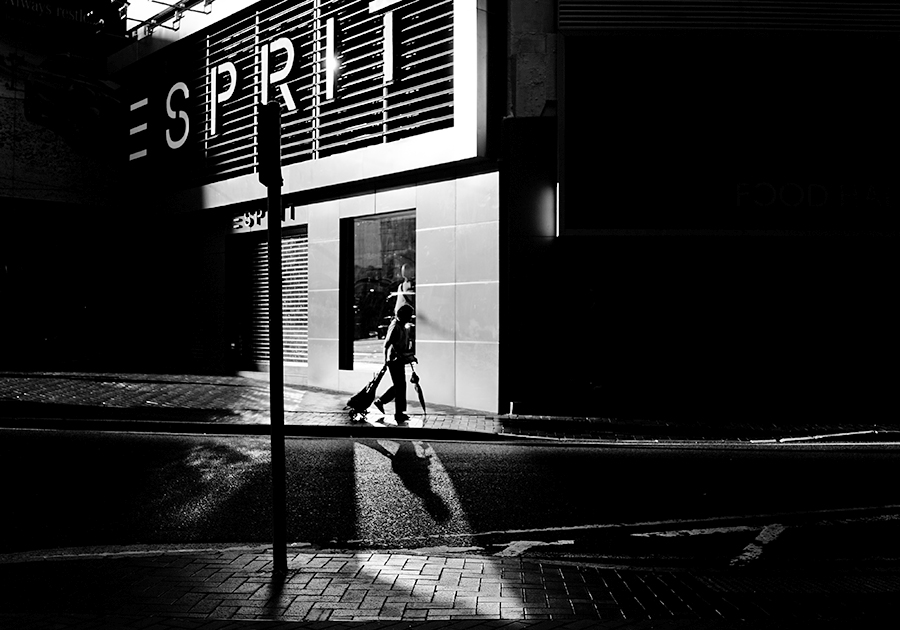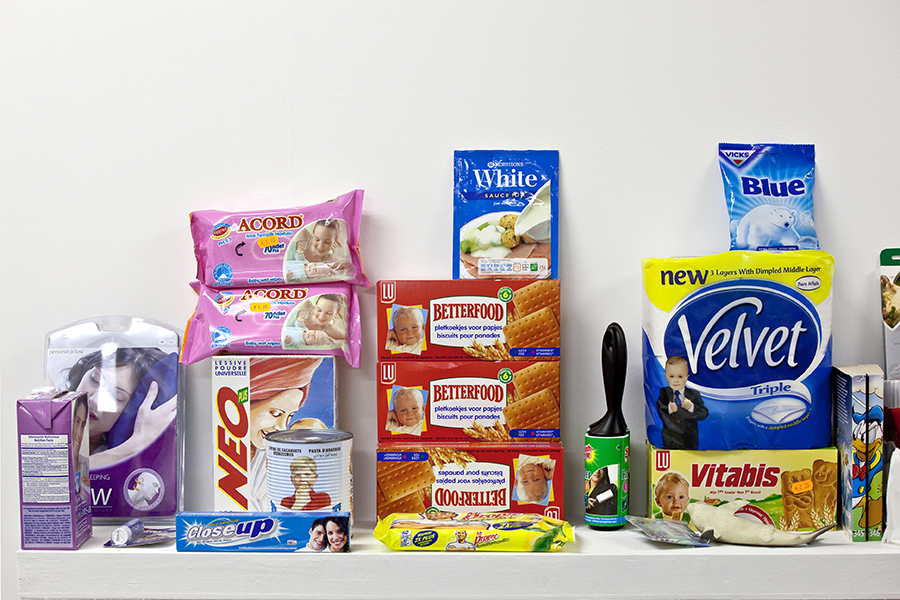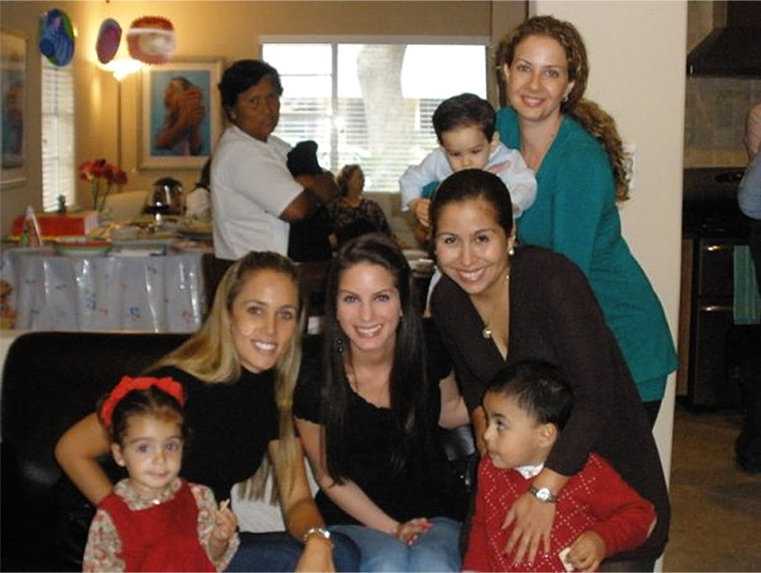Shows
"Afterwork"


Just like in any other city, Hong Kong’s weekday grind is evident in its packed city-center, where locals and expats scutter to and from work, weaving between office buildings, crowds and traffic. But on Sundays, the downtown dynamic changes. On that day, groups of Indonesian workers gathering on their weekly day off transform the open sports grounds, grassy fields, walkways and overpasses of Causeway Bay’s Victoria Park into what is affectionately called “Kampung Java” or “Java Village.” Meanwhile, further west in the city's Central district, Filipino workers convene, creating a lively social enclave with music, dancing and religious services. These two groups of migrant domestic workers constitute nearly five percent of Hong Kong’s population—an estimated 335,000 people—making them the largest combined minority group within the city-state. Domestic workers, or live-in helpers who cook, clean and care for children and the elderly of the city's households, play an essential role in the social structure of Hong Kong and nearby Singapore and Taiwan, where foreign labor is cheap. Yet, though domestic helpers have become an inextricable aspect of Hong Kong’s identity, co-existing with the mainstream white-collar population, they remain marginalized and exploited within that society.
Para Site’s latest group exhibition “Afterwork,” part of the art space’s year-long project centered on domestic workers, shines light on their community in Hong Kong. Plumbing their migratory and social relationships, the show also explores how these communities adapt, and are represented in, countries beyond the local region. Diverse expressions by 30 individual artists and groups from around the world form a mosaic of historical, anecdotal and cultural perspectives that provide an alternative narrative of the people who build and maintain much of Hong Kong’s foundations.
Several strong works showcase the perspectives of artists who are also domestic workers in Hong Kong. Working in the city for the past decade, 29-year-old Xyza Cruz Bacani captures Hong Kong street life through a set of 16 highly saturated, black-and-white images she made between 2012 to 2014. Whether catching couples in moments of intimacy, mall security idly on guard, or moments of action during the city’s Occupy Central movement in 2014, Bacani’s photographic frames prove paradoxical as they document a city full of people that conveys a sense of distance and isolation.
The importance of self-representation is echoed in the exhibition’s publication Afterwork Readings, an anthology of writings—in English, Indonesian, Tagalog and Chinese—which include contributions by migrant and domestic workers from Hong Kong and around the region, many who were part of Para Site’s Afterwork Reading Club that convened in Hong Kong to discuss literature on migration and mobility. Poems, personal anecdotes and fiction illustrate another form of creative expression for these writers/workers, doubling as a subtle act of protest.



Some pieces in “Afterwork” suggest that society’s reinforcement of stereotypes of migrant workers has further contributed to their position of invisibility. Jean-François Boclé's installation Consommons Racial! (2010), for instance, is a collection of commercial goods sourced from around the world with one thing in common: they all employ racist imagery in the product branding. Caricatures of African-American people has come to be associated with Cream of Wheat, pancake mix (Aunt Jemima) and instant rice (Uncle Ben), while a Native American woman, whose body is depicted as an ear of corn, is the icon of Argo corn starch. Boclé’s stash reminds us that, for users of these products the images are familiar and comfortable, and that nostalgia seems to override political correctness. Nearby, a video showing clips from early Tom and Jerry cartoons featuring Mammy Two Shoes, a stereotypical black maid whose face is hardly ever shown, which also reveals how these racial prejudices have permeated popular culture. Mirroring this idea is Daniela Ortiz’s 97 House Maids (2010), a digital slide show presented within a wooden photo frame, in which the artist collected family photos posted on Facebook of white, middle- or upper-class families, in which a minority worker can be seen in the background or has part of their body cropped out of the frame.
Abuse, in the form of extreme work hours, physical attacks and neglect, is a reality for many domestic workers in Hong Kong. Sun Yuan and Peng Yu’s Hong Kong Intervention (2009/2016), featuring six sets of photographs, is a bold statement on abuse, meant to empower domestic workers to reclaim their own sense of worth. Each set is composed of two photographs. The first presents a helper photographed with her back to the viewer. The other is a staged image shot by the helper herself, which reveals the location within her employers’ home where she fantasizes about killing them, marked by a toy grenade.
“Afterwork” is a hefty show both in terms of the number of works presented and their content. It offers many narratives tracing the issues concerning domestic workers. While some works convey these ideas in more effective ways than others, taken together they provide a multifocal perspective on a vital component of Hong Kong’s identity, and on the group of people who play an important domestic role in so many countries around the world.


"Afterwork" is on view at Para Site, Hong Kong, until May 29, 2016.
Sylvia Tsai is associate editor at ArtAsiaPacific.







